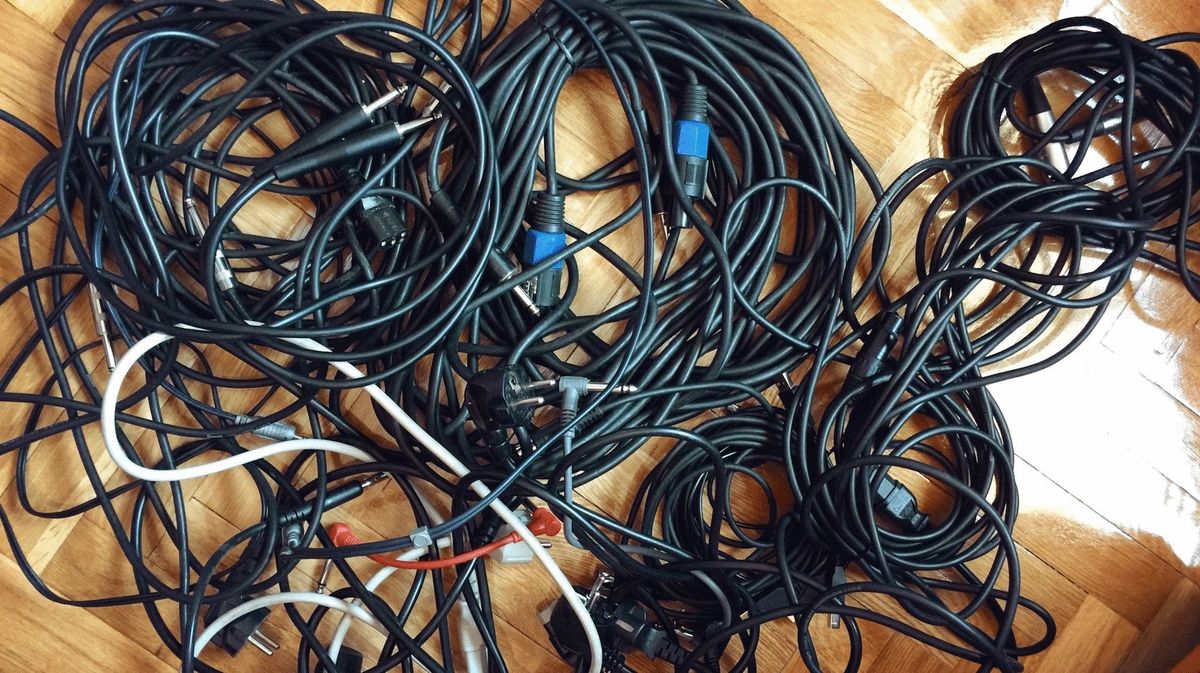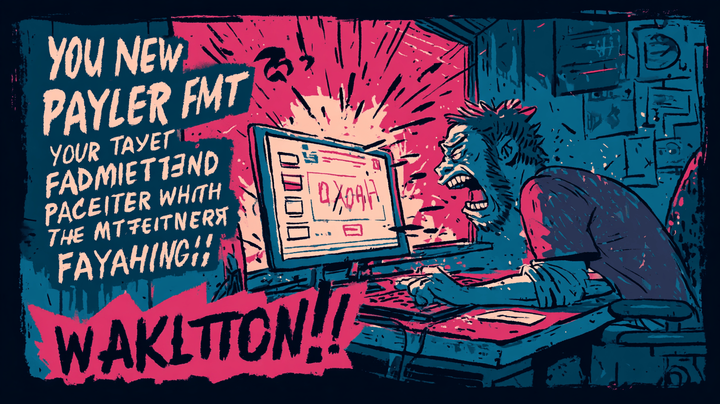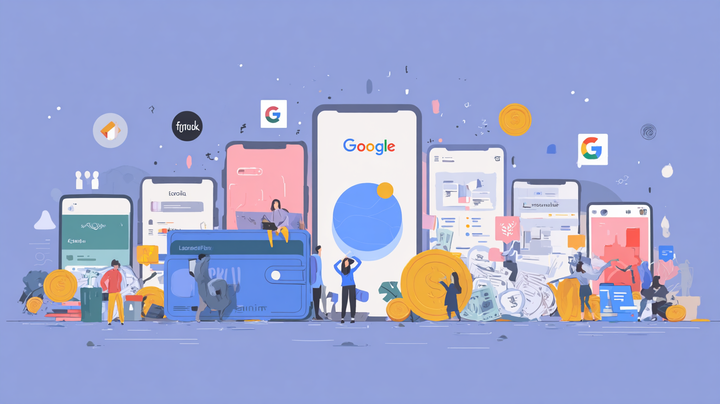How to Affect the Perceived Value of a Product or Service

As part of The Decluttering Project, I decided to do a little experiment. This experiment showed me how the perceived value of a product can be modified, sometimes substantially, with simple strategies.
Our perception of the value of a concrete object or service is not as objective, or as irrefutable in our minds as we would like to believe. Apart from our personal biases, how useful we think the object or service in question is, and our affinity or opposition to the brand offering it, there are lots of external factors that influence the worth we assign to something.
Indeed, considerations such as who makes use of an object or service (like our friends, family or a celebrity), the packaging, media and advertisement promotion, and even the actual price can considerably alter their allure or make us want to acquire them.
How to Change the Perceived Value of a Product
For the experiment, I decided to choose a product I was giving away for free. This product, even though it may be worthy for some people, should essentially not be considered valuable.
Concretely, I selected a bunch of wires used for musical instruments. Furthermore, as I had too many of them, I decided to divide them into three groups to be able to conduct different experiments.
First, I put the first bunch of wires on sale on a “Buy and sell used stuff” app and waited to sell it before proceeding with the next.
Changing the Perceived Value of a Product #1: Raise the Price
Initially, I put this pack of wires for free on the app and decided that I would tell everybody asking for them that there was already someone who was going to pick them up the next day. However, I would offer to give them to this person if he would pay 10€ for them.
In sum, every pack contained wires for about 100€ in value.
Surprisingly, not a single person accepted the offer. However, after thinking about it, it made complete sense. They saw the wires offered for free and mentally assigned a very low perceived value to them. Then, when I asked them to give me 10€ for the wires, this price was unacceptable for the value they had already established in their minds.
Conversely, I decided to do the opposite experiment. I removed the item, waited some days, and put it on sale again for 20€. I decided that I would allow the price to go as low as 10€ if someone haggled.
All of a sudden, I started to receive offers and was finally able to get 15€ for the wires.
Lesson learned: raise the price and then negotiate down, not the other way around.
Changing The Perceived Value of a Product #2: Packaging
For the second experiment, I prepared the wires thoughtfully, separated them by type, rolled them up beautifully, and put them in a box.
I changed the description from “bunch of wires worth 100€” to “Beautiful pack of wires for the professional musician. A complete collection of wires that will get you covered for all your musical instruments. All of them working and tested”. Additionally, I made some really good, professional-looking photos with my Canon camera.
I put them on sale for 10€. That same afternoon, I sold them. They were more or less the same bunch of wires that I have tried to give for free days before without much success.
Lesson learned: packaging is important. Regardless of the product itself, its packaging alone can greatly modify its perceived value.
Changing the Perceived Value of a Product #3: Create Scarcity
For the third and final experiment. I decided to put also a 10€ tag on the wires, wait for some folks to ask me about them, and then, at the right time, mark them as “reserved” in the application.
Soon after I marked them as reserved, curiously enough, I was contacted by most of the guys that had shown a moderate interest. However, this time they did ask me: “Oh! I see you have them reserved, are you going to sell them to somebody else”?
I decided to play the game and tell them that yes, there was someone picking them up the next day, but that I could sell them the wires if they offered me more money.
As a result, two of the contestants engaged in a bidding war where the winner paid me 25€ for the wires.
Lesson learned: create scarcity, even if it’s not real. Scarcity pushes people to buy irrationally.
Actually, in my experience, scarcity was the most powerful factor affecting the price of the item, and I was able to get the highest revenue by using it than by raising the price or improving the packaging and visual appearance.
In Summary
In this post, as part of my decluttering project, I described how we can alter the perceived value of a product or service with just some simple strategies. Sometimes, the value we assign to an object depends not only on our own subjective opinions, experiences, and biases but on how the product or service is presented to us.
I have to admit that I have enjoyed a lot these little experiments, and I have also learned a lot of things I can apply to future business ideas.
All in all, a really enjoyable and useful experience.




Comments ()